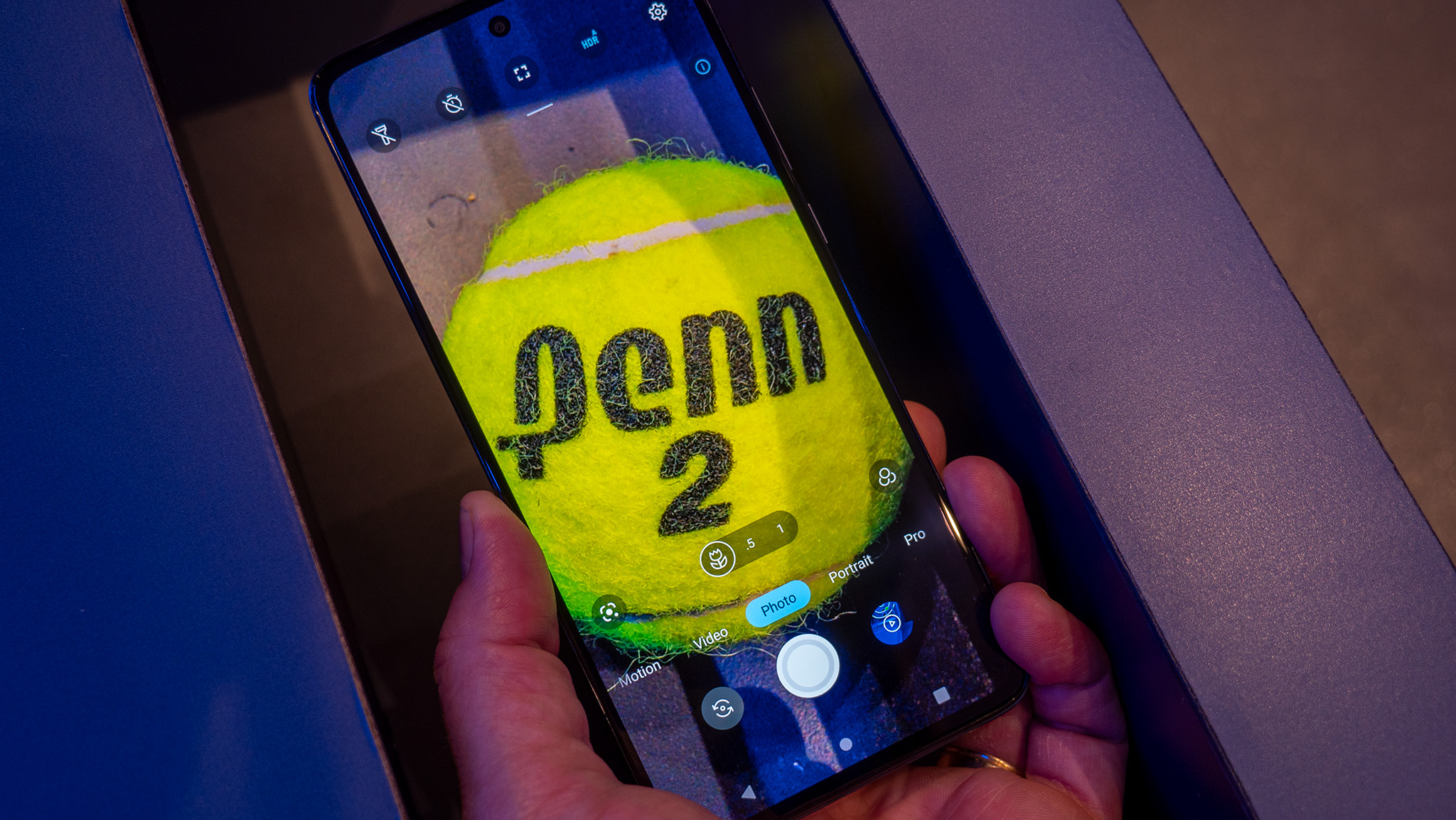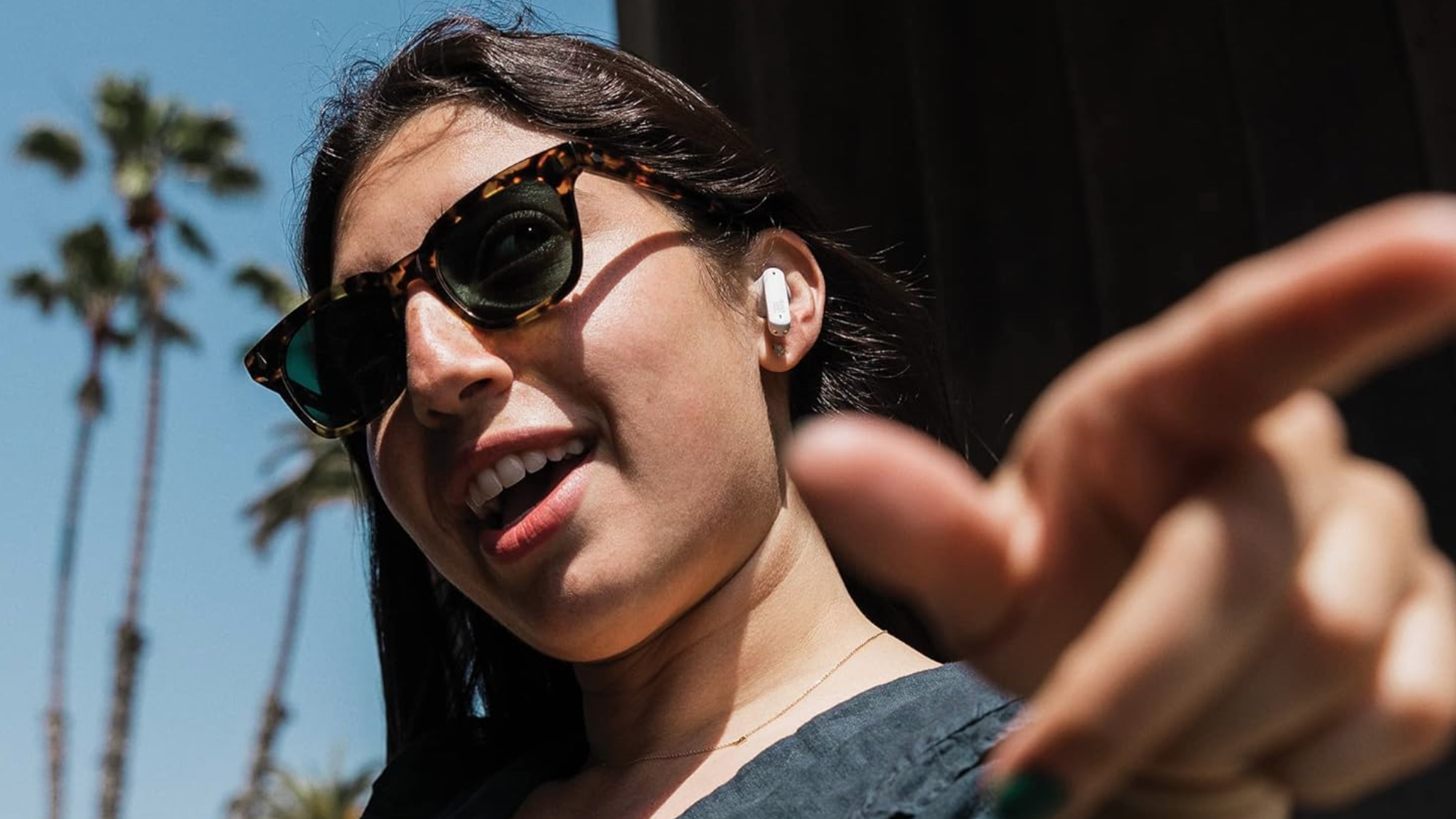Not just for tiny things: Understanding how a macro lens works on your smartphone, debunking common myths about macro photography, and why you should be using this underrated feature more

Welcome to Tech Talk, a weekly column about the things we use and how they work. We try to keep it simple here so everyone can understand how and why the gadget in your hand does what it does.
Things may become a little technical at times, as that's the nature of technology — it can be complex and intricate. Together we can break it all down and make it accessible, though!

How it works, explained in a way that everyone can understand. Your weekly look into what makes your gadgets tick.
You might not care how any of this stuff happens, and that's OK, too. Your tech gadgets are personal and should be fun. You never know though, you might just learn something ...
Enjoy our content? Make sure to set Android Central as a preferred source in Google Search, and find out why you should so that you can stay up-to-date on the latest news, reviews, features, and more.
One to one

You might have a dedicated macro setting on your phone; a lot of phones have them now. That doesn't mean you have a macro lens per se, but phones break all the "rules" when it comes to photography, so it works. If you see the word "macro" or a little flower icon in your camera software, you have, for all intents and purposes, a macro lens.
But what does that really mean? Probably not what you think.
A macro lens setup is a method for capturing a 1:1 photograph. That means the size on your display is the same size as real life. It doesn't mean the subject is magnified or you can zoom way in, just that the size of what you see is "right." Probably not exact, but don't use a macro photo as an engineering drawing; however, it's close enough so that our eyes perceive it the right size.

Think of taking a picture of an ant. If you point your phone at an ant, you're going to get a picture with a tiny black dot where an ant is. Now imagine seeing the ant closer, close enough to see its head, maybe. A regular camera setup isn't going to be able to recreate that, but a macro lens can.
Get the latest news from Android Central, your trusted companion in the world of Android
Remember that "the same size" is relative. We're talking about the viewfinder of your camera here. If I take a macro picture of my angelfish like I did above, the size you see while reading this is probably not the same size it was when I saw it in the viewfinder. What's important is that the details are preserved, even at very close distances.
A macro lens is what you need to capture all the tiny details and retain them once the photo is enlarged.
How does it work? Can I just use a "normal" setup?

Sometimes, you can achieve the same quality in the details using a regular camera lens, but usually, you won't. That's because a macro setup is not simply a regular lens with close-focusing capabilities. It's an instrument optimized for extreme close-ups and to perform flawlessly at the edge of visibility.
You'll need a few basic hardware components to get started. On your phone, some of these are actually done via software, but like I said, phones break the rules. What's important is that the setup can focus at very close distances, has a flat field to make the entire photo sharp, and the ability to adjust the focal length while adjusting anything else. Some cameras can even go extreme and use a higher magnification, such as 2:1 or even 3:1, and act as a sort of microscope.
Most importantly, all this needs to be optimized. Whether you have a big full-frame camera and a $2,000 prime macro lens or something like a Motorola Razr (which has a great macro setting in its camera), none of it will work unless it produces a picture with the right color, sharpness, and contrast.
Macro myths

When we all started to realize we had a good camera with us all the time on our phones, most didn't have any macro setting. That means we learned to compromise in amazing ways.
Now that it has become commonplace, there are some leftover myths to dispel.
Myth 1: Macro lenses are ONLY for tiny things. False! Their exceptional sharpness and versatile focal lengths make them excellent for portraits and general photography. A proper macro setup will actually focus out to infinity while maintaining a 1:1 view.
Myth 2: You NEED a macro lens for ALL close-ups. Not necessarily. Take food photography as an example. You don't want or need to see every crumbly Parmesan cheese edge on your spaghetti. You can achieve a very nice and artistic photo with a normal lens, even at close distance, if you're willing to sacrifice some of those tiny details.
Myth 3: More light is better. Not necessarily. The quality and direction of light are crucial. A macro photo is one of the few times you might want to try using the flash to freeze motion and control shadows. You want the details to be clear and unobstructed as well as bright enough to see.
Myth 4: Small apertures (f/22+) always mean sharper macro. Nope! Diffraction can soften your image at extremely small apertures. You want the aperture set small enough to make sure everything in the viewfinder is crisp and clear, then stop. Any smaller won't make it better.
Myth 5: Cropping is a substitute for magnification. Not always. You can crop the result to frame it in the right spot, and a small bit of magnification will happen. When you crop in close, you need a high-magnification image (such as a 1:1 image) to avoid ending up with a blurry mess where the details should be.
You should try it!

A macro photo is a great way to capture a detailed image of something like the traces on the back of a circuit board. That can be very helpful and means you don't need to keep examining the actual board to follow along.
Fortunately, macro photography is a great way to capture some beautiful and interesting images as well. Your end result doesn't have to be a sterile carbon copy of what was there to begin with, and the same types of creative editing you apply to a "normal" photo work in the same way.
If your phone has a macro setting, use it to the fullest and see what you can achieve. If it doesn't, remember the goal is a sharp, clear photo that's well-lit. You can often take the same type of picture with a regular setup, too.
If nothing else, you're going to have fun and, really, isn't that what matters?

Jerry is an amateur woodworker and struggling shade tree mechanic. There's nothing he can't take apart, but many things he can't reassemble. You'll find him writing and speaking his loud opinion on Android Central and occasionally on Threads.
You must confirm your public display name before commenting
Please logout and then login again, you will then be prompted to enter your display name.
